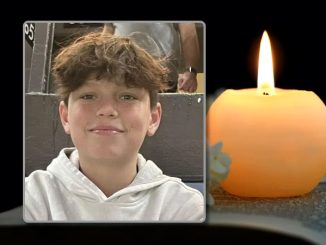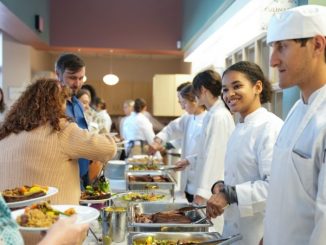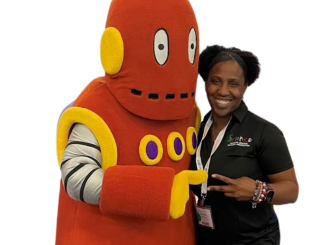
Greg Williams was ready to help the victims of Hurricane Michael, but he didn’t expect to be overwhelmed by the devastation still in Panama City Beach nearly a month after the storm slammed into the Florida Panhandle.
“You couldn’t help but feel – ‘What could you do with all this destruction?’” said the St. Rose native. “We mostly helped elderly people who told us they didn’t know where to start.”
Considered the strongest storm to hit the Panhandle and fourth strongest in wind speed to hit the U.S., Hurricane Michael peaked at 155 mph (category 4) as it made landfall near Mexico Beach on Oct. 10. Panama City Beach, where Williams and his group went to help victims, apparently took the brunt of the storm with beach homes collapsed by waves and buildings flattened or covered in debris.
Williams, as well as fellow volunteers, all helped remove debris Nov. 6 – 9.
“It was intense,” he said. “As soon as we got in the area, you just saw destruction, especially trees and limbs all piled up.

“Each house you saw was pretty damaged and it was pretty rare you saw a house with no damage – that’s how bad it was. When we went through the neighborhoods, the debris and trash was put in front of the yard and the pile was as tall as a house.”
What kept the student dismayed was this breath-taking damage in what some estimated was a 20-mile radius. Roofs were gone and scattered all over the ground, power lines still dangling everywhere, and vehicles flipped over.
“Most of the homes where the people were, we prayed with them to help build up their spirits because you could kind of tell they were sad over what happened to their homes,” he said.
Helping the distressed victims made it all the more important to keep up the group’s spirits, which they did. It made a difference.
“We got to meet this old lady who took care of foster kids, but one of them got a whole lot of insect bites that got through the wall or something,” Williams recalled. “But she was still pushing through.”
Williams, as did volunteers with William Carey Baptist Student Union, recalled how appreciative the people they helped were.
“This was my first time doing it,” he said of helping hurricane victims. “I felt recently it was a calling.”
A fitness buff, Williams has decided to use his “muscle” to continue helping others.
“I feel like we did a good job,” he said. “I felt there was more stuff for us to do.”
At the Church of Jesus Christ of Latter-Day Saints in Luling, members of the local congregation united with others from the New Orleans area and surrounding states and went to the same area to help with debris removal. They recounted the same initial response to the extent of the damage. They camped in a local baseball field providing their own supplies and food, and had no access to electricity.
“It was really sad to see all the homes destroyed and furniture flipped over everywhere,” Luling’s Christopher Whipple said. “It was just really sad. It definitely made me grateful when I got home to have my own bed to sleep in.”
Many of these volunteers also aided residents in the Baton Rouge flooding in 2016. Over three weekends starting Oct. 20, 139 members of the church in the New Orleans area went to serve providing 2,840 man hours of work.
[pullquote]“It was intense. As soon as we got in the area, you just saw destruction, especially trees and limbs all piled up.” – Greg Williams[/pullquote]Jonathan Whipple, also of Luling, who helped twice in Florida, said the level of devastation remaining weeks after the storm also stuck out in his mind, too. Whipple said it was shocking, but the group felt good about stepping in to help.
“The very first, Miss Debbie, a single lady living in her parents house told me, ‘I feel like I let my parents down, leaving me this place and then this happens,’” he recounted of her backyard being covered in fallen trees and debris.
Whipple told her they were there to help, but also understood the formidable job ahead.
“As far as hurricanes go it was the most severe I’ve ever seen,” he said. “It was worse than the Denham Springs flood. The houses were okay if the wind didn’t tear them apart.”
Panhandle killer – Hurricane Michael
- Based on latest count, 43 deaths linked to the storm in Florida’s Panhandle.
- Strongest hurricane storm in terms of maximum sustained wind speed to strike the U.S. since Hurricane Andrew in 1992.
- The hurricane caused an estimated $14.5 billion in damage, including U.S. fighter jets at Tyndall Air Force Base.




Be the first to comment